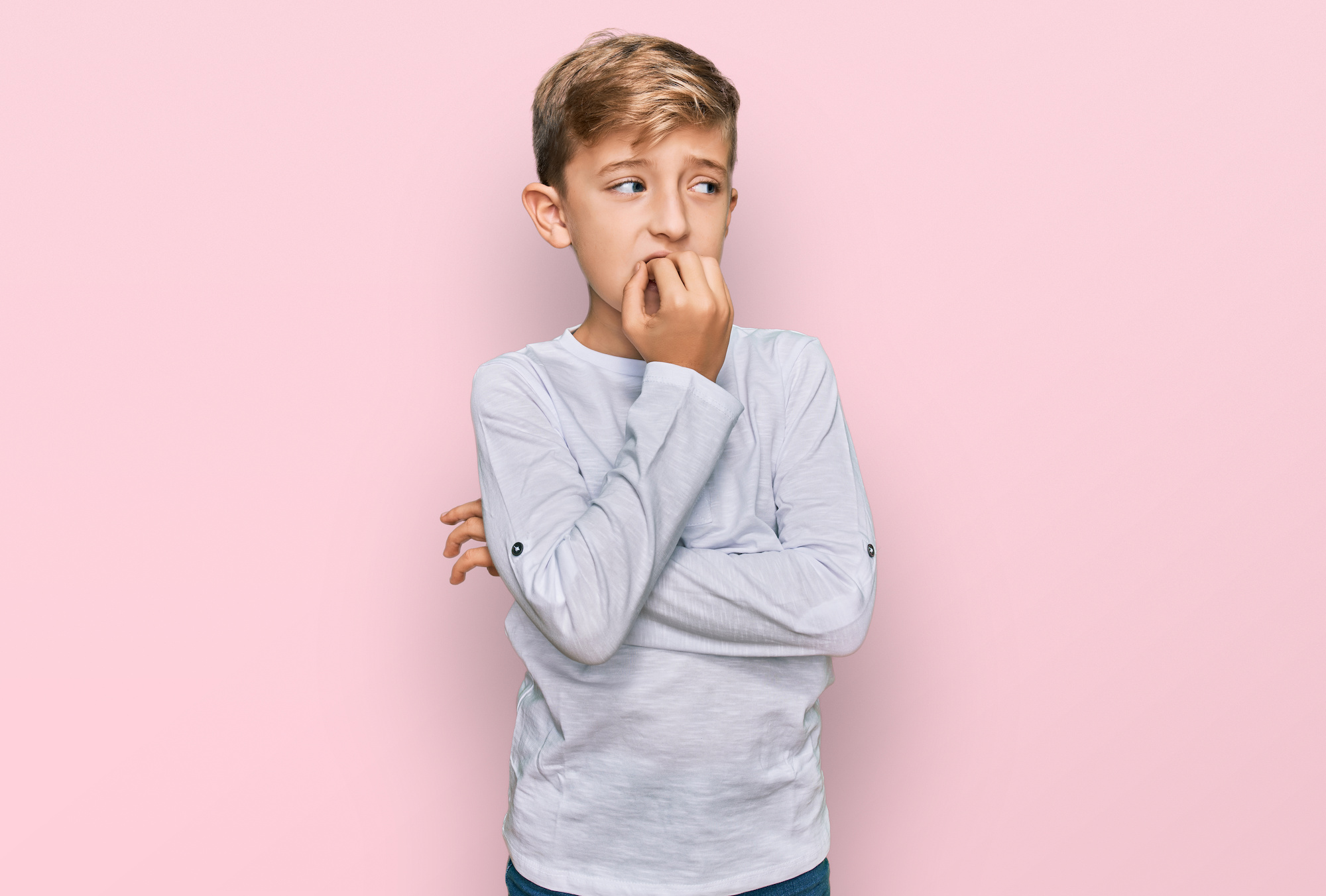As parents and caregivers, it is natural to observe and assess our children’s behaviors and emotions. However, sometimes it can be challenging to distinguish between normal shyness and anxiety in a child. At first, the presentation of shyness and anxiety may appear similar, but it is crucial to recognize their distinctions in order to provide appropriate support and understanding. In this blog, we will explore the differences between how shyness and anxiety commonly present in children to help you better comprehend your child’s needs.
Understanding Shyness
Shyness is a common temperament trait that many children exhibit. Children who are shy tend to be hesitant and reserved in social situations, especially when meeting new people or facing unfamiliar environments. Here are some key characteristics of a shy child:
Social Discomfort: Children who are shy may appear withdrawn or hesitant in social gatherings, avoiding eye contact and engaging minimally in conversations with others.
Preference for Familiarity: They tend to feel more comfortable and at ease with people they know well, such as family members or close friends.
Reserved Behavior: Children who are shy may exhibit quieter or more passive behaviors, often preferring to observe rather than actively participate in group activities.
Limited Social Circle: Their social interactions may be limited, and they might take longer to make new friends or adapt to new social situations.
Minimal Distress: Shyness does not typically cause significant distress to the child or impair their daily functioning.
Recognizing Childhood Anxiety
On the other hand, childhood anxiety involves excessive worry, fear, or nervousness that can significantly impact a child’s emotional well-being and daily life. Anxiety goes beyond shyness and tends to be more intense and pervasive. Here are some signs of an anxious child:
Physical Symptoms: Anxious children often experience physical symptoms like stomachaches, headaches, trembling, sweating, or shortness of breath, especially in anxiety-provoking situations.
Excessive Worry: They may exhibit constant worry or fear, often over everyday situations or events, which can be irrational or out of proportion.
Avoidance Behaviors: Anxious children may engage in avoidance strategies to cope with their fears, leading them to withdraw from specific activities or social situations.
Interference with Daily Life: Anxiety can impact a child’s daily functioning, causing difficulties in attending school, participating in extracurricular activities, or engaging with peers.
Emotional Sensitivity: An anxious child may be overly sensitive to criticism, and minor setbacks can trigger intense emotional reactions.
Fear of Separation: Excessive distress during separations from caregivers or reluctance to attend school may indicate anxiety.
Supporting Your Shy or Anxious Child
Regardless of whether your child is shy or anxious, offering unconditional love, support, and patience are all vital. Create a safe environment where your child feels comfortable discussing their emotions with you, being mindful of their needs, possible triggers, and the time it may take to help your child regain a sense of calm. Understanding the differences between shyness and anxiety is also helpful in that it empowers you to provide the right support and guidance, enabling your child to navigate their emotions and build resilience for a healthy and happy future. Remember, every child is unique, and their emotional development is an ever-evolving journey. By being present, empathetic, and proactive, you can help your child thrive and grow into a confident and emotionally resilient individual.
Tips For Supporting Your Shy Child
- Encourage gradual exposure to new environments and people, respecting their need for time to adapt and use of coping skills to help them endure anxiety-provoking situations.
- Foster a supportive and nurturing environment that allows them to express themselves at their own pace.
- Promote their confidence and self-esteem by helping them find and engage in activites where they can feel successful.
- Give your child lots of praise when they make a brave choice and try something new or our of their “comfort zone”.
Tips For Supporting Your Anxious Child
- Learn about anxiety disorders to understand your child’s experiences better.
- Cope with your child; validate their feelings when they become anxious and practice deep breathing or other relaxation techniques together to regain a sense of calm.
- Create consistent rhythyms and routines in your home; when a child knows what to expect, they feel more safe and secure.
- Seek professional help from a qualified pediatrician or child psychologist to get a proper diagnosis and appropriate treatment.
Seeking Professional Support
It’s essential to recognize that shyness and anxiety can sometimes overlap, and a shy child may also experience anxiety in certain situations. Additionally, children may outgrow shyness as they gain more confidence and social skills over time.
However, when a child’s well-being and daily functioning are impaired, professional help should be sought to assess for clinical levels of anxiety. If you suspect your child is struggling with anxiety or the symptoms are causing distress, it is crucial to consult with a qualified pediatrician, child psychologist, or mental health specialist.
At Georgetown Psychology we provide support not just for children suffering from anxiety-related behaviors, but for their families as well. We provide comprehensive evaluations to identify whether the child is experiencing normal shyness or if there are underlying anxiety issues that require intervention to support your child’s emotional well-being.






